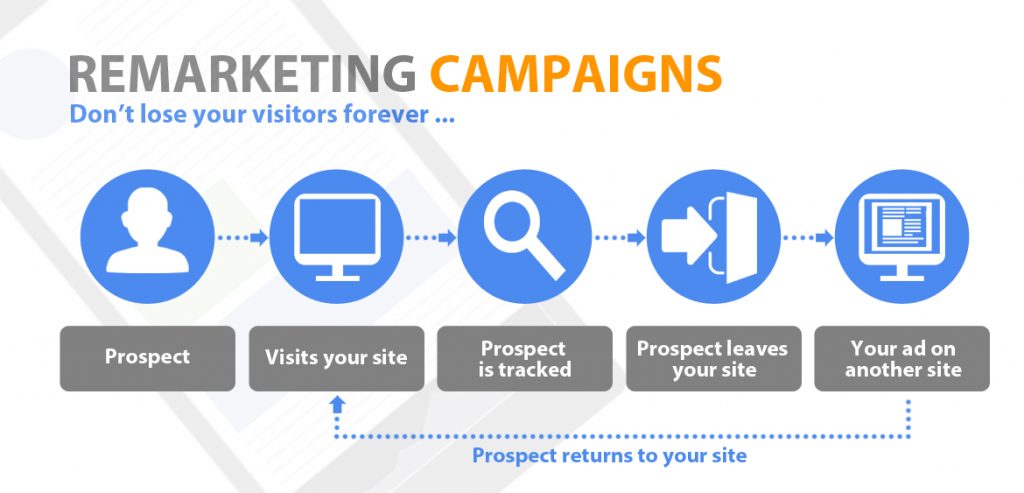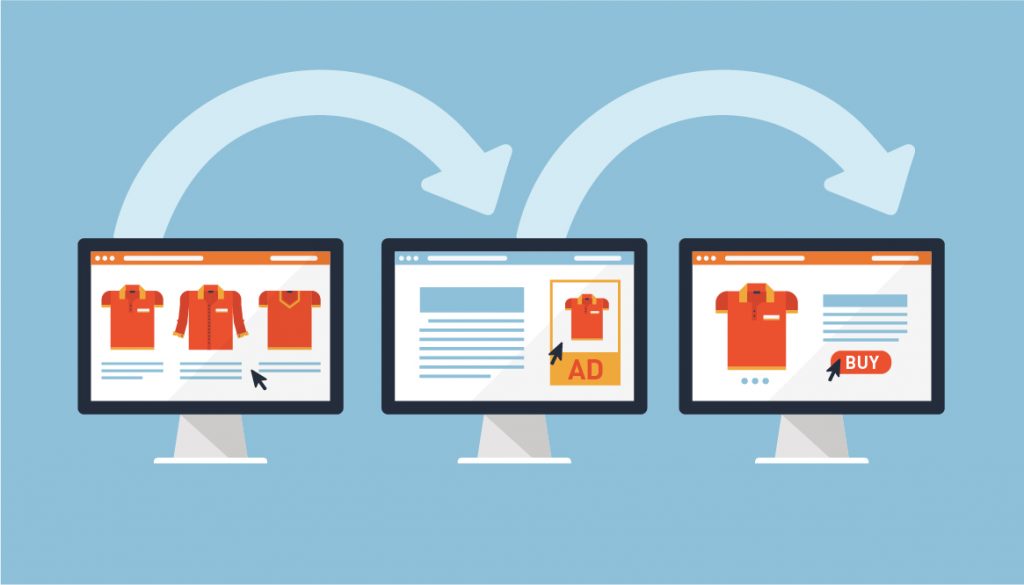There’s no arguing with the fact that consumers must often see a message multiple times (typically estimated between 5-7 instances on average) before they’re comfortable making purchase decisions. Good marketers know that it’s a rare occurrence for a new visitor to click on to a site for the first time and buy a product – right then and there.
However, the question then becomes, how do you get consumers to see your sales message multiple times in today’s noisy digital environment? If we can’t count on website visitors to stumble randomly upon our sites again as part of their research processes (in the same way that we can increase TV viewer message repetition by running multiple ad spots throughout the same program), what can we do to ensure that our target customers continue to rack up these necessary views?
One possible answer comes in the form of remarketing. Put simply, remarketing – which is also referred to as “behavioral remarketing” or “retargeting” – uses cookie tracking to tag non-converting website visitors and then follow them around the web, triggering repeated displays of your company’s message on other sites. When used successfully, this repetitive brand exposure may help you to increase sales by eventually converting these past visitors into buyers.
Here’s how the process typically works:
- Depending on the ad network you use, you’ll be given a small code snippet to install on your website. This code snippet won’t impact your site’s operation in any way – it simply adds users who don’t convert to your lists of users to track using cookies.
- When these non-converting visitors browse to other websites that display ads from your remarketing ad network, these cookies trigger, causing the site to show text or banner ads promoting your company or product.
- Over time, repeated viewings of your marketing messages builds familiarity with your brand. At various points in the browsing process, users may feel comfortable enough to click through the ads, return to your site and make their purchases.

Currently, the most popular retargeting ad network is – unsurprisingly – Google Adwords, whose tracking cookies enable marketers who have activated ad placements on the Display Network to launch remarketing campaigns quickly and easily. The web giant also makes a number of additional campaign management tools available, including the ability to specify any cookie length and to set up different tracking lists to target groups of target customers (for example, website visitors who have abandoned their shopping carts).
But just because something is easy to install doesn’t mean that it’s the right approach for all businesses. As you might expect, remarketing has its fair share of critics – some of whom are justified, and others who aren’t.
One of the first objections that many people raise against remarketing is perceived privacy concerns. And indeed, the idea of an advertiser’s message following you from site to site is enough to make even the most web-savvy of browsers feel a little paranoid.
It is important to note, however, that remarketing cookie codes contain no personally identifiable information. In fact, it’s not even “you” that they’re tracking – it’s your presence in a particular data group, whether you’re being tracked due to your online behavior, demographics, location or online interests. As a result, remarketing meets the standards laid out by the Interactive Advertising Bureau’s “Privacy Matters” campaign (though this distinction won’t likely put the minds of all consumers at ease).
Instead, there are a number of concerns that you as an advertiser must address before determining whether or not remarketing is likely to make a positive impact in your company’s bottom line:
- You must understand how to appropriately target non-converting audience segments – One ideal use of remarketing is to target users who have abandoned items within their shopping carts with ads that offer discount codes for un-purchased items and redirect click-through visitors directly to their check-out pages. Setting up remarketing campaigns for broad, undefined user groups and failing to match these general segments with targeted messages is likely to result in poor remarketing ROI.
- You must understand your buying cycle – Setting up long cookie times that result in multiple remarketed ad viewings over time doesn’t make financial sense if your company’s buying cycle is short. In these cases, you may be better off investing your ad resources elsewhere in order to encourage immediate purchases – especially compared to a company with a long buying cycle for whom multiple ad views may be crucial to developing necessary brand awareness.
- You must understand how to measure the ROI of remarketing campaigns – Measuring the financial impact of multiple ad displays can be challenging, as it may be difficult to assess the value of each individual step in the view-through process. As a result, remarketing is best used by companies with past experience running traditional PPC campaigns (or by those less experienced advertisers who are willing to bring on professional consultants to ensure campaign profitability).

